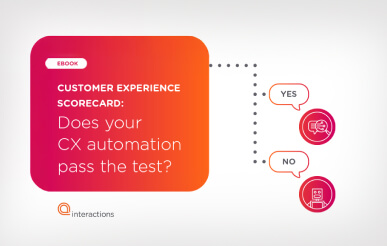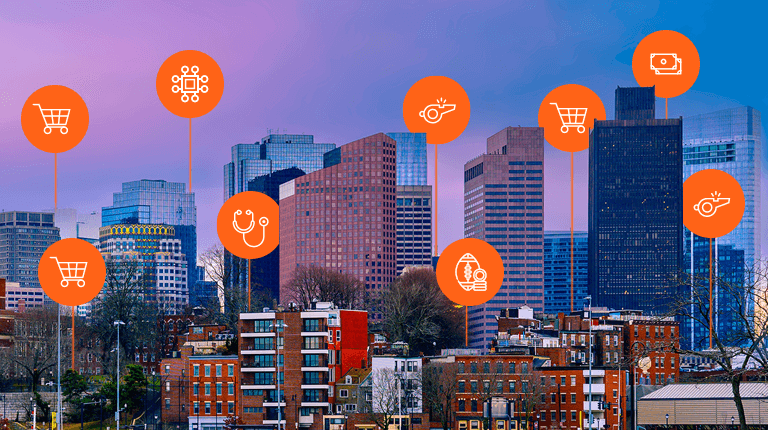There is no question that customer trust drives brand loyalty, engagement, exclusivity, and building lasting customer relationships. But how do we gain and nurture customer trust, and what are the consequences of losing it? That’s a question every customer experience (CX) executive spends their day trying to answer.
Interactions CMO Peter Mullen recently participated in a panel discussion at the GDS CX Innovation Summit entitled “Embracing the Fusion of Authenticity, Trust, and Customer Loyalty” to address that topic.
His response encompassed three elements: an anecdotal story describing the importance of providing excellent CX, three crucial customer statistics, and a strategic model illustrating Interactions’ approach to customer lifecycle management.
CX Excellence Story
“In the last quarter, we provided a proposal for a solution in the healthcare space for a national organization involved in bariatric surgery,” Mullen said. “There are over 20 follow-up appointments for most people who have this surgery. It turns out that how you manage the post-surgery experience is actually the key to multi-year success for the people who have it.”
He remarked about the difficulties involved in scheduling that many appointments.
“I think about [patients] on the phone, on chat, on websites, trying to get 20 appointments on the books, trying to get reminders, and then trying to change several of them for whatever reason,” he said. “That becomes an incredibly complex process for the individual who’s just struggling to get back on his or her feet … The folks who are able to get that patient to make all 20 of those appointments are going to give that patient a much better lifestyle, not over months, but over decades.”
3 Crucial CX Stats
Mullen shared three crucial CX statistics that every organization should pay attention to:
- 53% of customers say trust is the second most important factor in deciding what brand to use. (Edelman)
- 71% of customers will bail on you if they lose trust. (PWC)
- Nearly 80% of customers will stop doing business with you after one bad experience. (Invoca)
Trust Flywheel Model
Mullen said that Interactions uses a model called the “trust flywheel,” resembling a clock face, to describe the ideal customer lifecycle.
12 o’clock: Product excellence. Start by delivering value to customers.
Three o’clock: Confidence. “Those first interactions that your customers have must be outstanding,” he said. “It needs to hook them. As the book Hooked taught us that you need to do with product lead growth, you need to do with your customers as well.”
Six o’clock: Trust. Once you build confidence, you’ve engendered trust, which gets people to use your solution.
Nine o’clock: Recurring business. “They’re into the authenticity that you have delivered, and they have good experiences at plus one,” Mullen said.
12 o’clock: Evangelism. When your customer talks about you at a dinner party and states what a great experience it is—that is the goal.
Mullen concluded by saying that as a vendor working with mostly Fortune 500 and Fortune 100 companies, the fastest way to get trust is this: Offer success-based pricing to every client.
“If we don’t deliver the goods, we don’t get paid,” Mullen said. “That is an old-fashioned way of doing business, but it’s actually the best way of doing business.”




